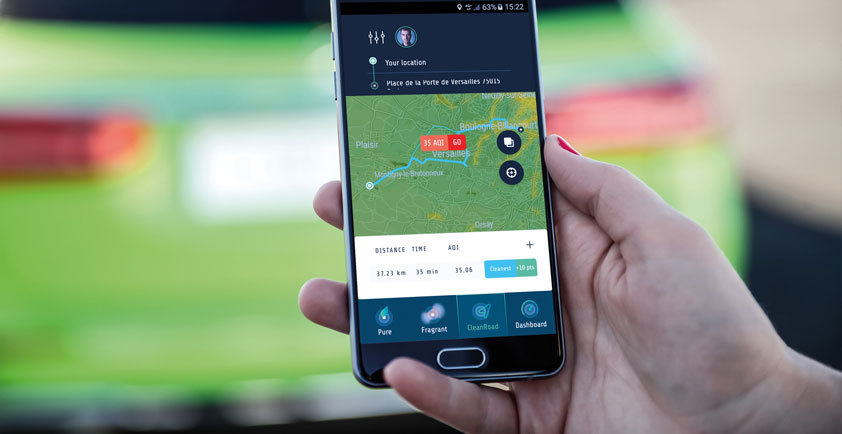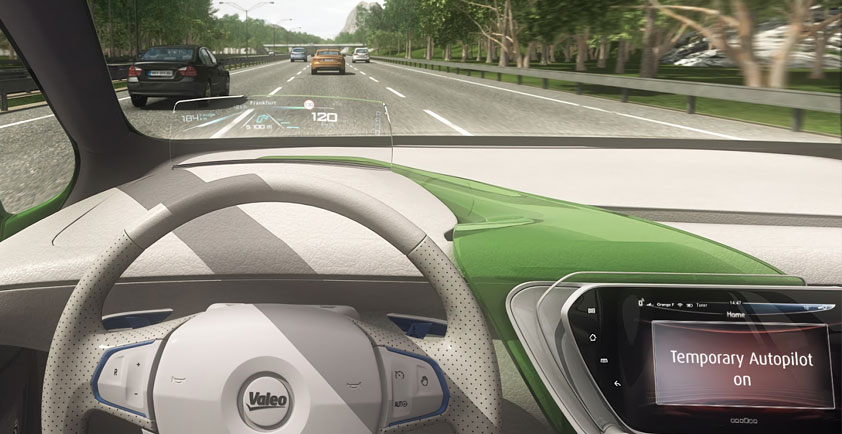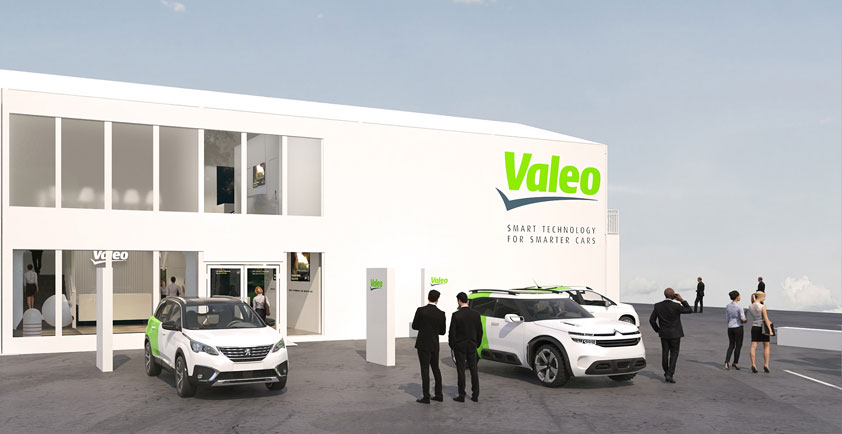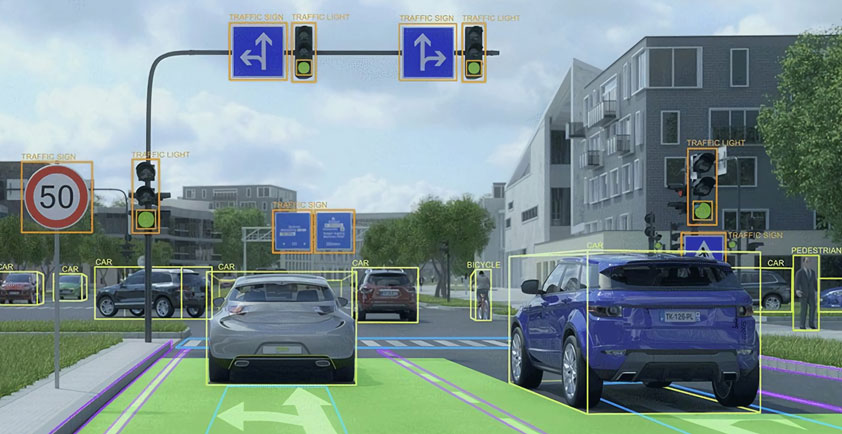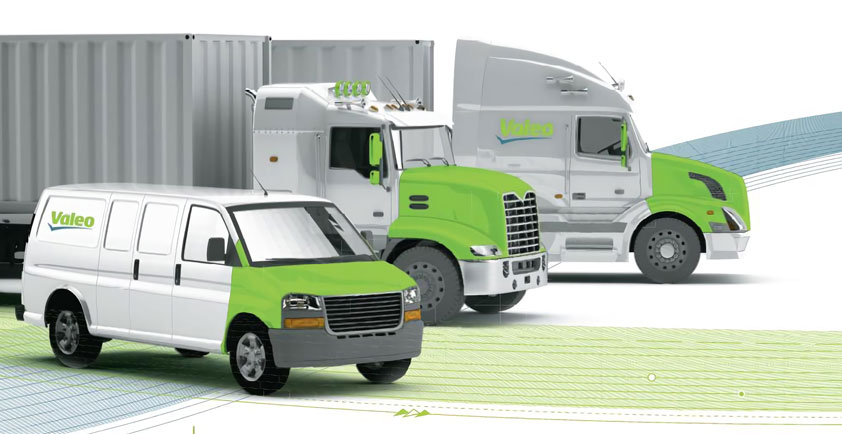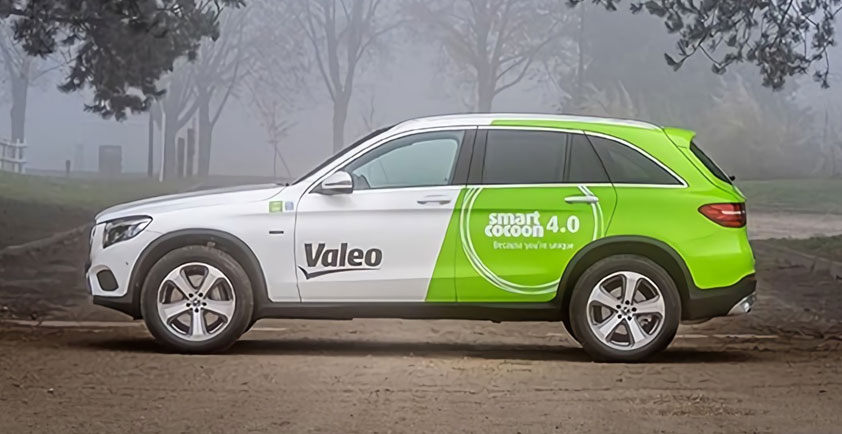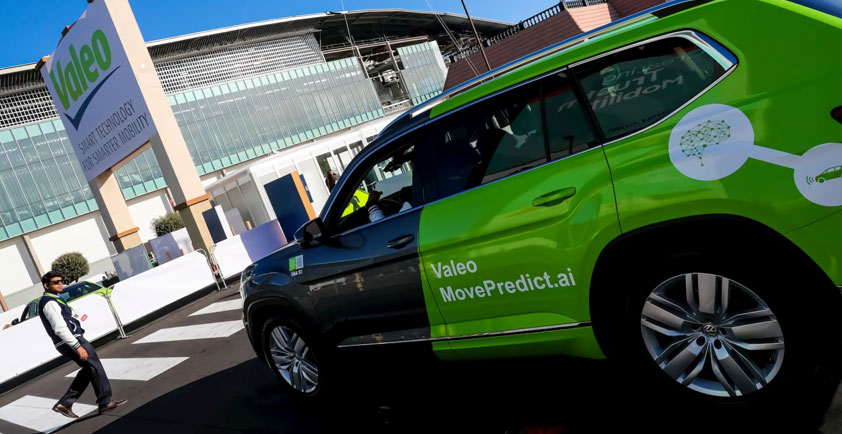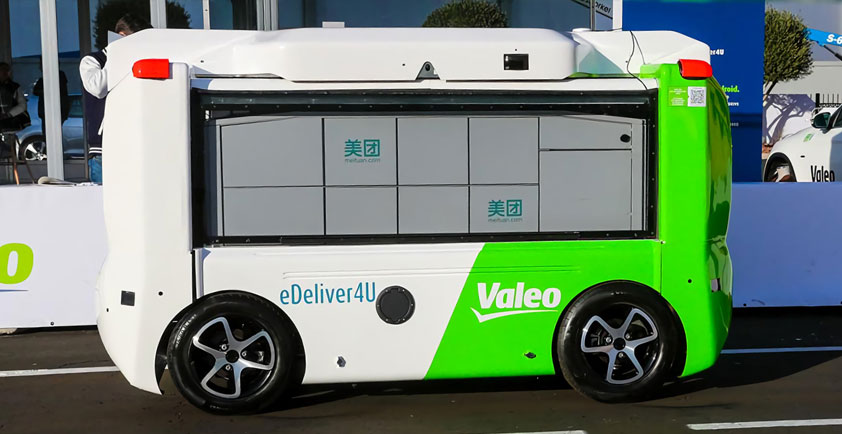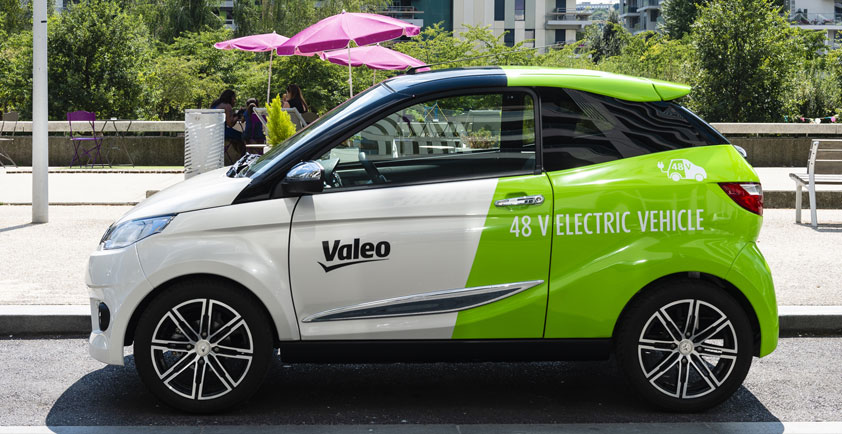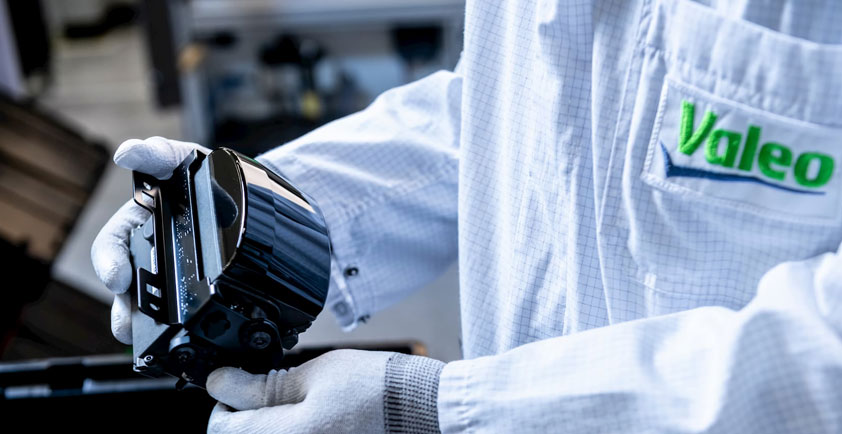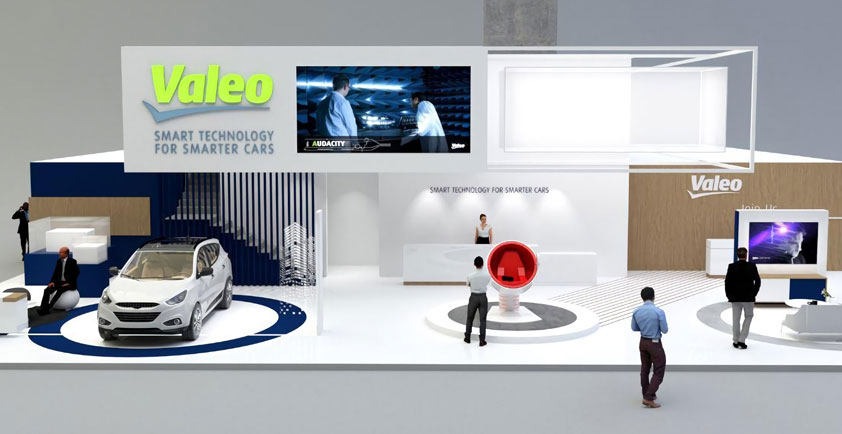
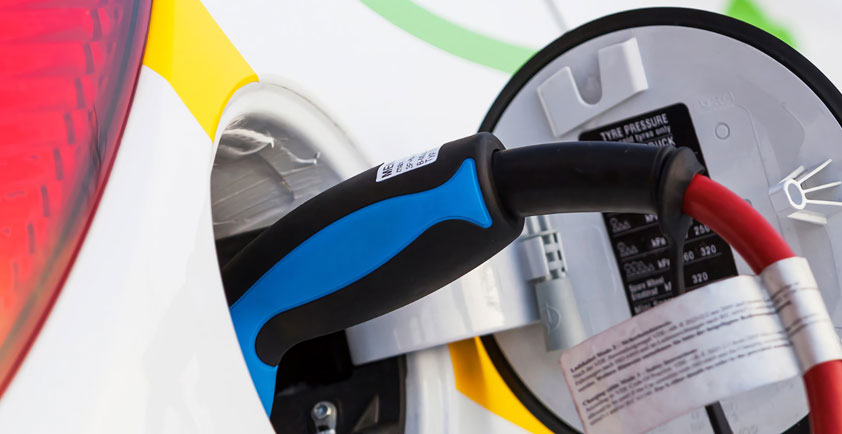
VALEO MOBILITY CHALLENGES: 1 - CLEANER AIR IN MAJOR CITIES CALLS FOR INCREASINGLY ELECTRIC POWERTRAINS
CLEANER AIR IN MAJOR CITIES...
Today, there can be no doubt as to the reality of climate change, and it is sparking fears of a proliferation of increasingly intense, natural disasters. In 2018, the concentration of greenhouse gases in the atmosphere – and above all CO2 – reached new highs. As the number of deaths attributable to air pollution increases, awareness of air pollution as a health issue grows.
National and regional automotive regulations are becoming increasingly stringent, resulting in a need to bring greener vehicles to market.
> Following the environmental commitments made by countries and political unions, such as the European Union, automakers could be fined if they fail to meet CO2 reduction targets.
> In the same vein, cities across the world are also lining up as new regulators, adapting urban infrastructure and encouraging new mobility behaviors through coercive regulations and “nudges” intended to curb noise and air (CO2, nitrogen oxide [NOx] and fine particle emissions) pollution as well as the number of road accidents.
In order to keep traffic congestion and air and noise pollution in check, major cities are increasingly developing new transportation regulations.
For example:
> in Asia, the city of Beijing (China) has introduced an odd-even license plate policy, quotas for new car sales and total driving restrictions for highly polluting vehicles on days of heavy smog;
> cities like Paris (France), Madrid (Spain), Athens (Greece) and Mexico City (Mexico) have committed to a full ban on diesel vehicles by 2025.
These policies have sent a strong signal to players in the automotive industry, pushing them to invest massively and to bring more environmentally friendly vehicles to market.
CALLS FOR INCREASINGLY ELECTRIC POWERTRAINS
These days, economic growth and mobility are very closely linked. In France, for example, 75% of people need a vehicle to get to work. The decline in demand for diesel vehicles and the need for automakers to comply with increasingly stringent regulations on CO2 emissions are leading to the development of new vehicle electrification solutions, including:
> optimization of internal combustion engines through transmission automation, particularly using dual-clutch transmissions;
> 48 V medium-power hybrid solutions enabling powertrain electrification at a competitive cost;
> high-power (over 60 V) electrification with electric vehicles and plug-in hybrids, offering a significant reduction in CO2 emissions and the option of traveling in zero-emissions mode, especially in urban areas.
According to Valeo’s projections, 2023 is expected to be a turning point for the automotive industry, with the production of vehicles with combustion engines decreasing to make way for hybrid and electric vehicles. Valeo also estimates that, by 2030, one-third of vehicles will run on highvoltage electric motors, one-third on low-voltage motors and one-third on conventional combustion engines. Thanks to its technologies, Valeo has the agility required to meet all of these powertrain needs.
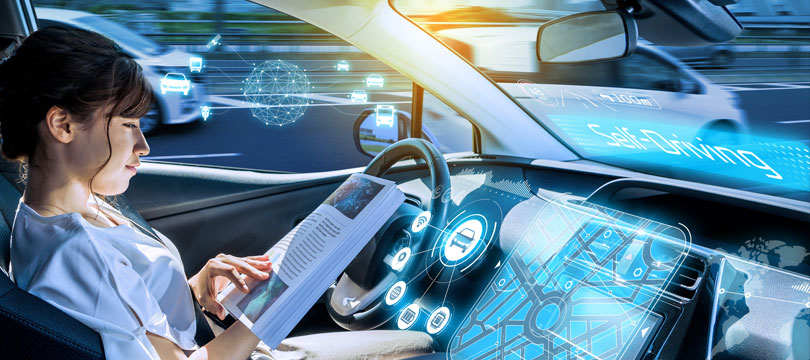
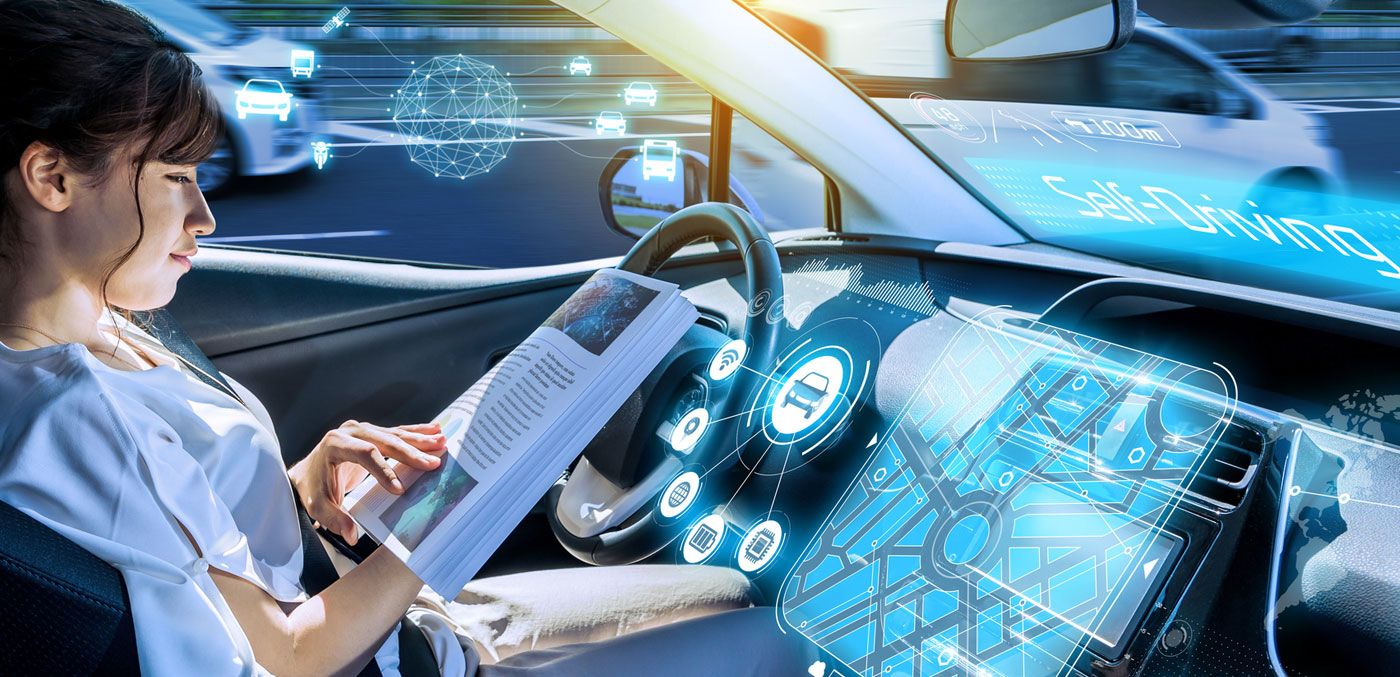
2 - INCREASING URBANIZATION, LEADING TO GREATER CONGESTION IS ENCOURAGING THE DEVELOPMENT OF AUTONOMOUS DRIVING
INCREASING URBANIZATION, LEADING TO GREATER CONGESTION…
The world’s population already tops 7.6 billion and is projected to reach 11.2 billion by 2100 according to United Nations estimates. Population growth brings with it increasing urbanization, mainly in developing countries. Today, more than 50% of the world’s population lives in cities, and the growing pace of urbanization represents a major challenge for city authorities, prompting them to take measures to preserve air quality and reduce traffic congestion.
To meet these challenges, cities are offering new services and encouraging new behaviors that improve people’s daily lives, enabling them to take advantage of faster, easier and greener travel solutions. As well as air pollution, population growth and increasing urbanization also raise questions about safe, secure mobility in the city of tomorrow. Regulations introducing higher safety standards are helping to accelerate the shift toward autonomous vehicles: passive safety rules have been supplemented with new regulations covering active safety features such as emergency braking assistance.
Guillaume Devauchelle, Vice-President Innovation and Scientific Development said: “Future mobility will be unrecognizable: closely matched to individual needs,, precisely scaled to actual use, sometimes shared, and less carbon intensive.”
Regulation, which is pushing down the market share of the diesel segment, is paving the way for the emergence of electric technology and fostering new mobility behaviors. Policies include:
> introduction of odd-even license plate restrictions (Beijing, Paris, etc.);
> high-occupancy vehicle lanes to encourage carpooling (Atlanta, United States);
> ban on passenger vehicles (downtown Oslo, Norway, from 2019).
IS ENCOURAGING THE DEVELOPMENT OF AUTONOMOUS DRIVING
Guaranteeing safety and optimizing personal time are the challenges of the autonomous vehicle of tomorrow:
> autonomous cars will reduce the risk of collision to one in a billion, since 90% of accidents are currently cause by human error;
> they will revolutionize the way vehicles are used: users will have to get used to being driven around, whether in passenger cars or when using shared mobility solutions such as robotaxis.
Autonomous vehicles will need to be able to navigate complex environments: cities contain unsignposted streets, crossroads and other intersections, whereas highway lanes, beltways and ring roads are clearly marked. So one technological challenge for automated driving in cities is the capacity of sensors to identify all other vehicles in the vicinity and anticipate their trajectories in order to ensure the safety of all road users.
Autonomous vehicles need to tackle several challenges:
> analyzing their surroundings. Just as drivers need all their senses to remain alert on the road, autonomous vehicles need a range of sensors (radars, LiDARs, cameras, ultrasonic sensors) to analyze their surroundings, whatever the weather and however long the journey;
> making the right driving decision. The data collected by the sensors are interpreted in real time using complex algorithms based on software and artificial intelligence, just like the human brain processes information from the five senses. This is how the vehicle trajectory is chosen (braking, acceleration, turning) and the command sent to the relevant actuators;
> anticipating and learning on its own, thanks to artificial intelligence, which enables the vehicle to learn from the different situations it is faced with.
Sensors, software and artificial intelligence combine to allow the car to understand, analyze and respond to its surroundings with the right driving decision.
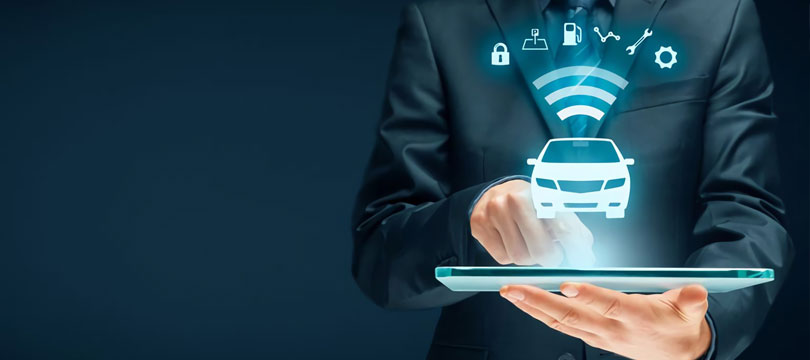
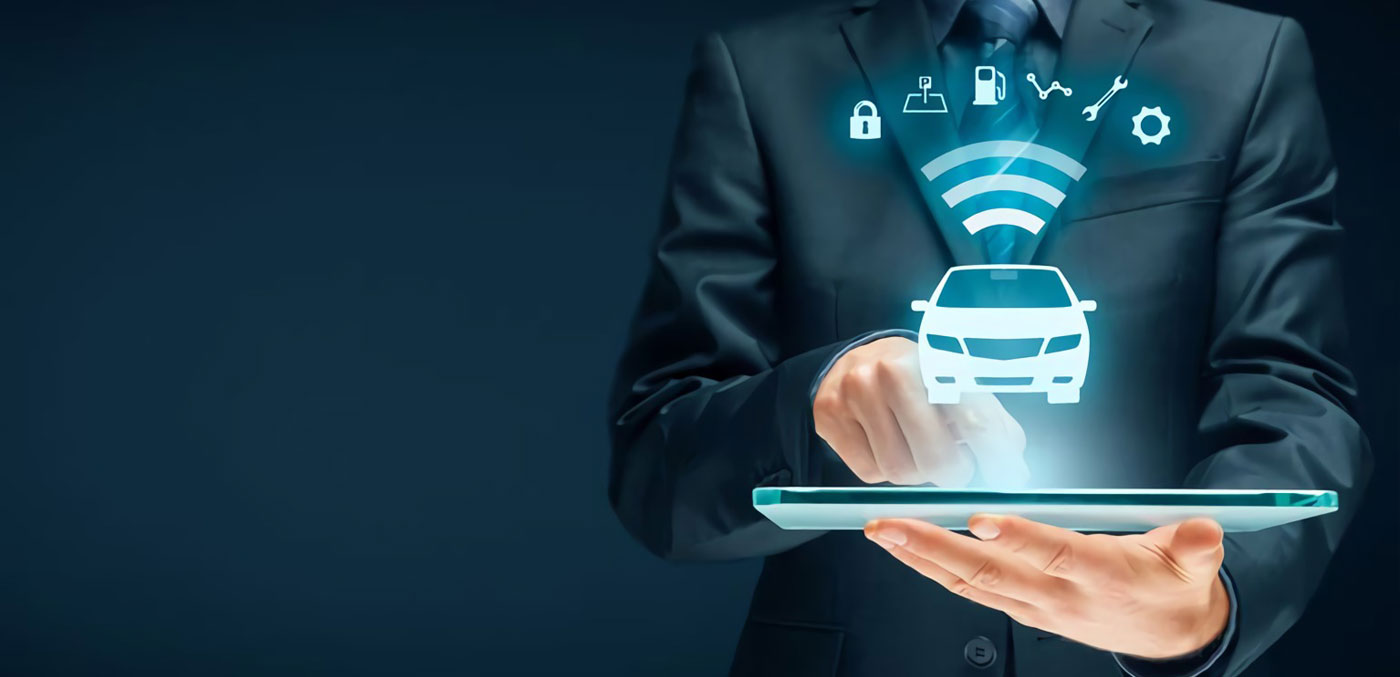
3 - HUMAN-MACHINE INTERACTION IS BEING SHAPED AROUND CONNECTED, SHARED AND ON-DEMAND MOBILITY
HUMAN-MACHINE INTERACTION IS BEING RESHAPED...
The combination of urban society and hyperconnectivity is shaking up the way people live.
Community models are taking shape around shared interests made possible by new technologies, which are being used to improve quality of life in people’s immediate, everyday environments (via geolocation, big data, smart objects, etc.). New technologies are disrupting conventional uses and deeply transforming interactions between people and objects. This digitized and hyper-connected world is opening up unique opportunities for the automotive industry.
RESULTING IN CONNECTED, SHARED AND ON-DEMAND MOBILITY
In recent years, new forms of urban mobility have emerged, using redesigned existing solutions or innovations, such as electric scooters, self-balancing unicycles, and electric bikes. Collectively known as personal transportation gadgets (PTG), these modes of transportation are silent, much more energy efficient and quicker and easier for getting around.
Similarly, the popularity of new services such as car-pooling, car-sharing and ride-hailing services are growing exponentially. City dwellers are increasingly shifting away from the notion of ownership and opting for the flexibility of shared solutions. This phenomenon is revolutionizing mobility, making it usercentric and service-based. At the same time, autonomous driving will be more effective if the vehicle can connect to other vehicles, road infrastructure and telecom networks. Ultimately, autonomous vehicles will be connected and new mobility services will be based on digital platforms allowing users to access a panel of service companies.
In this way, technology is being harnessed to deliver more efficient mobility that optimizes accessibility, travel time and price. The arrival of autonomous vehicles, combined with the management of shared mobility, could pave the way for transportation networks that are able to instantly adapt to demand, based on existing infrastructure, for journeys with fewer connections and less waiting time.
In the city of tomorrow, the notion of journey will probably be set aside in favor of more fluid and flexible travel made possible by a diverse range of mobility solutions.
